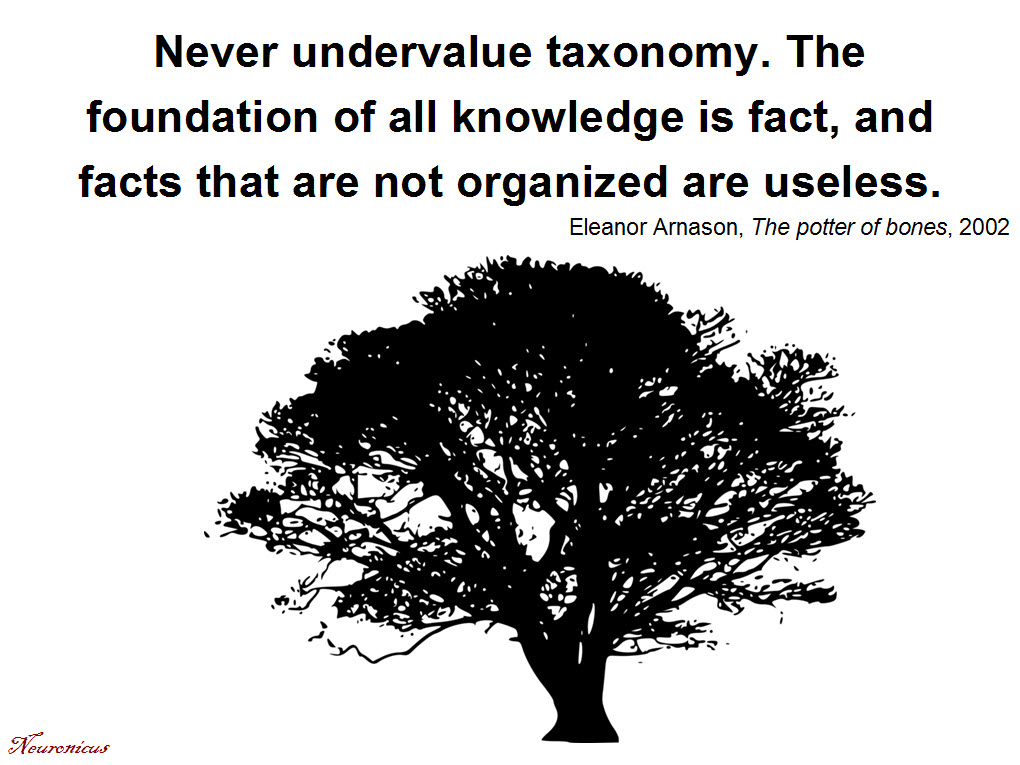I re-blog other people’s posts extremely rarely. But this one is worth it. It’s about how groups form based on the amount of information given. And, crucially, how amount of information can change individual behavior and group splits. It relates to political polarization and echo-chambers. Read it.
After you read it, you will understand my following question: I wonder by how much the k would increase in a non-binary environment, say the participants are given 3 colors instead of 2. The authors argue that there is a k threshold after which the amount of information makes no difference any more. But that is because the groups already completed the binary task, therefore more information is useless due to the ceiling effect. Basically, my question is: at which point more information stops making a difference in behavior if there were more choices? Is it a log scale, linear, exponential? Good paper, good cover by CNRS, at scienceblog.
By Neuronicus, 24 February 2021
P.S. I haven’t written in a while due to many reasons, one of which is this pesky WordPress changed the post Editor and frankly I don’t have the time and patience to figure it out right now. But I’ll be back :).


